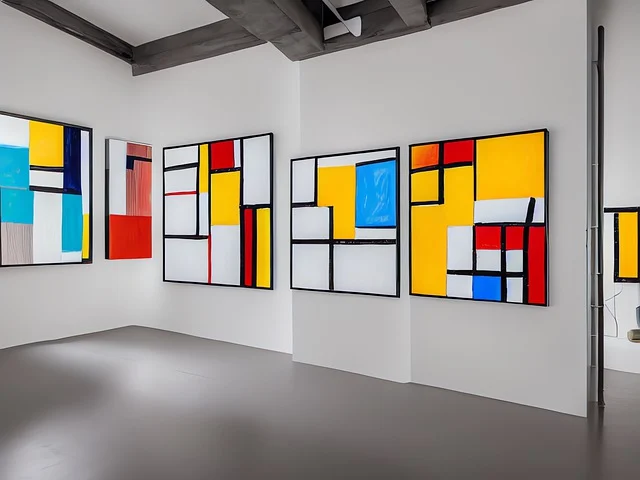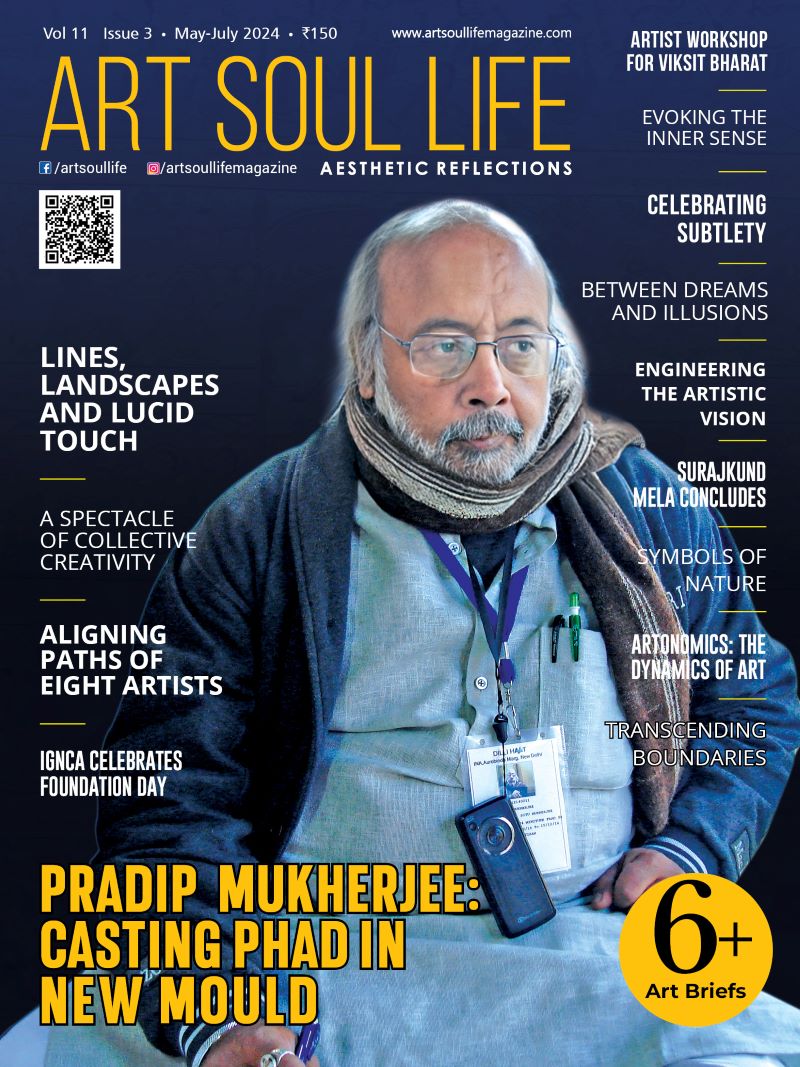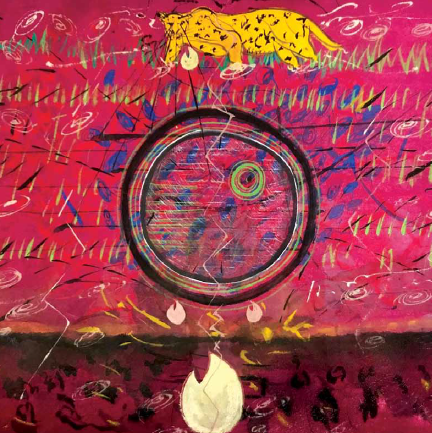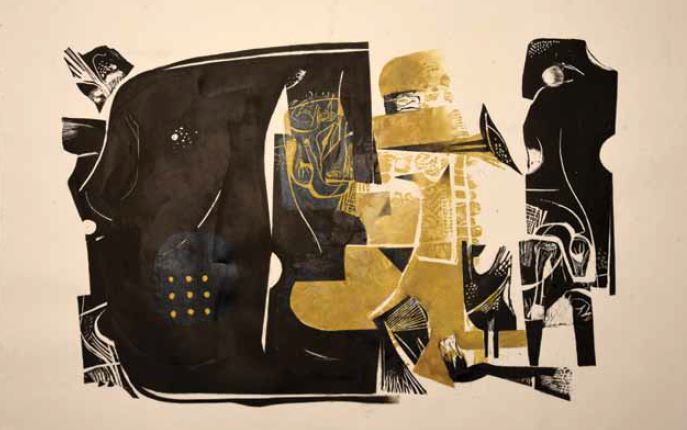
Piet Mondrian, a Dutch painter, is renowned for his pioneering contributions to abstract art. His innovative style, characterized by geometric shapes, primary colors, and a strict grid structure, has left an indelible mark on the art world. With a career spanning several decades, Mondrian’s paintings continue to inspire and challenge our perceptions of art and reality.
Born in 1872 in Amersfoort, Netherlands, Mondrian initially trained as a traditional artist, creating landscapes and portraits in a naturalistic style. However, his artistic journey took a significant turn during his stay in Paris in the early 20th century. He encountered the works of Cubist and Futurist painters like Pablo Picasso and Georges Braque, which profoundly influenced his artistic direction.
Mondrian’s artistic transformation can be traced through his “evolution of style.” His early works, such as “Evening; Red Tree” (1908-1910), still displayed traces of naturalism but began to incorporate elements of abstraction. His transition to pure abstraction is evident in paintings like “Composition II in Red, Blue, and Yellow” (1930). Here, Mondrian distilled his compositions into a grid of black lines intersecting to create variously sized rectangles, which he filled with primary colors – red, blue, and yellow. This marked the birth of his iconic style, known as Neoplasticism or De Stijl.
Mondrian’s art was not merely a visual experiment; it was deeply rooted in philosophical and spiritual ideas. He believed that by reducing art to its essential elements – straight lines and primary colors – he could convey universal harmony and truth. His grid-based compositions were seen as an attempt to reflect the underlying order of the universe. The intersection of lines represented the balance and equilibrium found in nature, while the primary colors symbolized fundamental cosmic energies.
One of Mondrian’s most famous works is “Broadway Boogie Woogie” (1942-43), created during his later years in New York City. This piece encapsulates the dynamic energy of the city through a grid of colored squares and rectangles that seem to pulsate with rhythm and movement. The painting is a fusion of Mondrian’s abstract principles and the bustling urban life he experienced in Manhattan.
Mondrian’s influence extends beyond the canvas. His geometric abstractions have permeated various aspects of design, from architecture to fashion. The De Stijl movement, co-founded by Mondrian and fellow artist Theo van Doesburg, advocated for the integration of art into everyday life. This concept of “total design” sought to bring Mondrian’s geometric aesthetic into furniture, buildings, and even clothing. Today, his impact can be seen in the minimalist and Bauhaus movements, which embrace simplicity, functionality, and geometric forms.
Mondrian’s legacy is not limited to the art world either. His work has become emblematic of modernity and a symbol of artistic innovation. His geometric precision and primary color palette continue to inspire contemporary artists and designers, pushing the boundaries of creativity and abstraction.
In conclusion, Piet Mondrian’s paintings represent a remarkable journey from traditional art to pioneering abstraction. His grid-based compositions, characterized by primary colors and straight lines, sought to capture the universal harmony and order he perceived in the world. Mondrian’s influence extends far beyond the canvas, shaping the realms of design, architecture, and fashion. His legacy as a pioneer of abstract art endures, reminding us that art can transcend reality and illuminate the deeper truths of our existence.









 " >
" >
 " >
" >